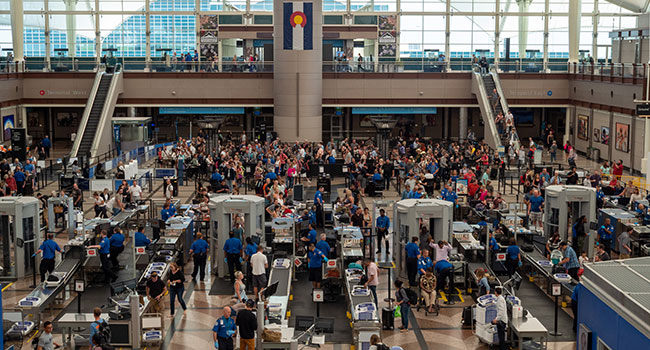
TSA Surpasses 2 Million Daily Travelers Screened
Highest screening volume since pandemic began
The Transportation Security Administration (TSA) surpassed the 2 million threshold for travelers screened in one day on June 11, when 2,028,961 people were screened at airport security checkpoints. It marked the first time that more than 2 million people were screened since March 2020. This milestone represents 74% of travel volume versus the same day in 2019 and 1.5 million more travelers than the same day in 2020.
“The growing number of travelers demonstrates this country’s resilience and the high level of confidence in COVID-19 counter measures, to include ready access to vaccines,” said Darby LaJoye, senior official performing the duties of the TSA Administrator. “TSA stands ready to provide a safe and secure screening process as part of the overall travel experience.”
Prior to the pandemic, TSA screened, on average, 2 to 2.5 million travelers per day. The lowest screening volume was on April 13, 2020, when just 87,534 individuals were screened at airport security checkpoints.
By mid-May of 2021, TSA’s average daily volume for screenings was approximately 65% of pre-pandemic levels. As the busy summer season approaches, TSA advises passengers to arrive at the airport with sufficient time to accommodate increased screening times as traveler volumes approach, and in some cases surpass, pre-pandemic levels at certain airports.
A mask mandate remains in place through September 13 for all passengers traveling on planes, buses, trains and other forms of public transportation traveling into, within, or out of the United States, and in U.S. transportation hubs such as airports and stations.
For more information about COVID-19 guidance, please visit the CDC website. For the latest procedures on airport security screening, please visit www.tsa.gov/coronavirus.